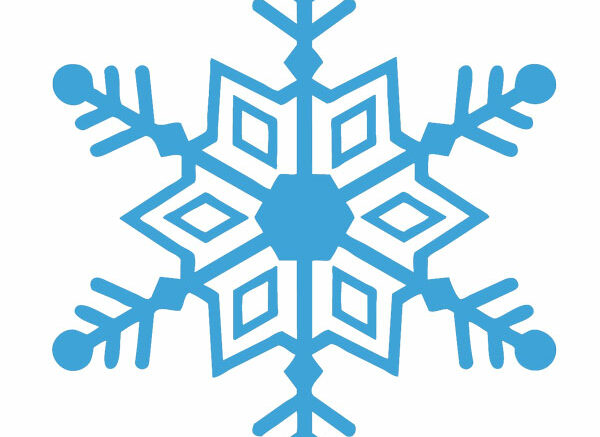The dangers of winter weather are often overlooked. From extreme cold to ice storms to blizzards, winter weather can knock out heat, power, communications and transportation networks, and can immobilize entire regions.
In order to protect your home and family, it is important to be prepared before winter weather strikes.
Before winter weather
- Review your family preparedness plan.
- Establish a family communications plan.
- Assemble a disaster supply kit.
- Winterize your home:
- Insulate walls and attics, caulk and weather-strip doors and windows, and install storm windows or cover windows with plastic.
- Learn how to shut off water valves.
- Clear rain gutters, repair roof leaks, and trim tree branches that could fall on your home.
- Maintain chimneys and heating equipment by having them cleaned and inspected.
- Insulate pipes with insulation, newspaper or plastic to keep from freezing.
- Hire a contractor to check the structural ability of your roof to hold heavy weight from snow accumulation.
- Know the difference between an ADVISORY, WATCH and WARNING.
- ADVISORY: Inconvenient winter weather is possible.
- WATCH: Hazardous winter weather is likely within 36 hours. Stay tuned to a TV or radio for more information, and be prepared.
- WARNING: Dangerous winter weather is expected or occurring. Take shelter immediately.
During winter weather
- Listen to a National Oceanic and Atmospheric Administration weather radio or TV for updated information.
- Stay indoors. If you must go outside, dress appropriately, and walk carefully on snow and ice.
- Drive only if necessary. If you must drive, travel during the day, do not travel alone, let someone know your destination, avoid backroads, and have a disaster supply kit in your car.
- Keep all fuel-burning equipment vented to the outside to avoid trapping toxic fumes.
- Keep your home cooler than usual, and close off rooms not being used in order to conserve fuel.
- To prevent your pipes from freezing, allow faucets to drip a little. If pipes do freeze, remove any insulation and wrap in rags. Open all faucets and pour hot water over pipes.
- Open kitchen and bathroom cabinets to allow warmer air to circulate around plumbing.
- Protect yourself from frostbite and hypothermia by staying dry and wearing several layers of warm, loose-fitting, lightweight clothing.
- If stranded in a vehicle:
- Pull off the road, turn on hazard lights, and remain in the vehicle.
- Run the engine for only 10 minutes every hour for heat. When the engine is running, open a window slightly for ventilation

